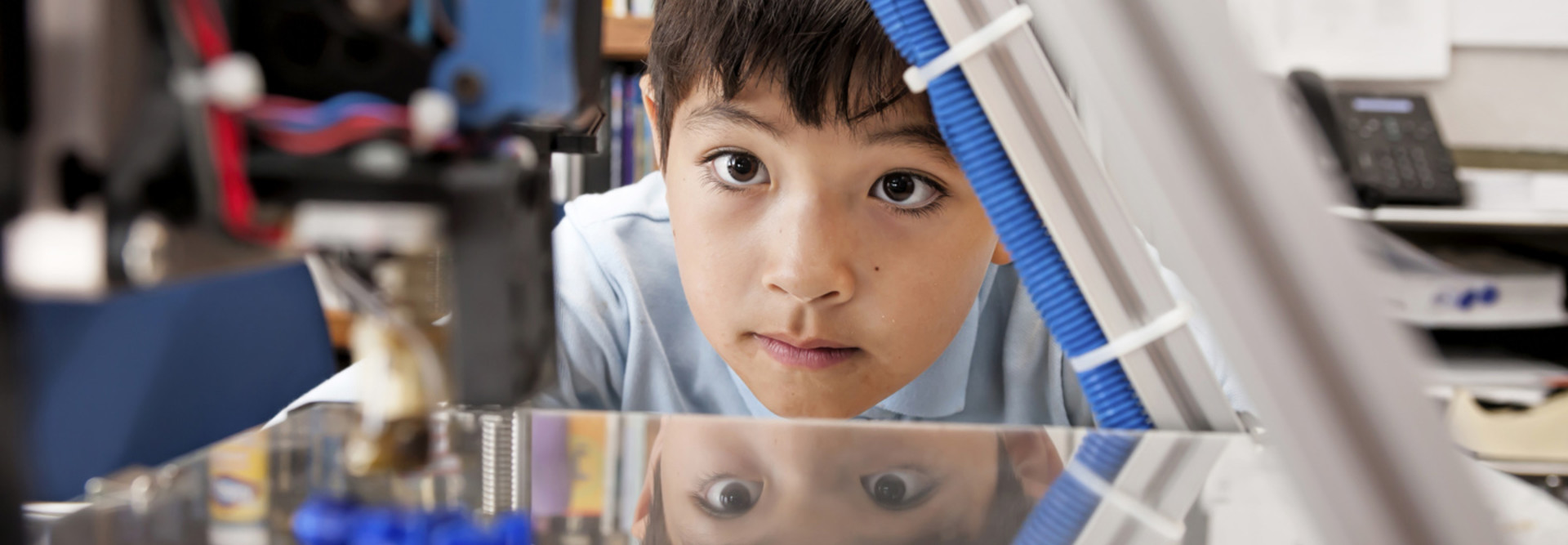MakerBot’s Thingiverse 3D Printing Community Hits 2 Milestones
Thingiverse, MakerBot's online repository for all things 3D printing, recently reached a major milestone — 1 million uploads and 200 million downloads — thanks to an ever-expanding community of tinkerers, engineers, hobbyists and students.
Since the website launched in 2008, Thingiverse has become a destination for creators of 3D models used in 3D printers. From designs of prosthetic hands to smartphone cases and portable computer shells, experts and amateurs alike contribute, collaborate and communicate about their 3D work on Thingiverse.
Eric Mortensen, Thingiverse's community manager, said users continue to enrich the site with original content and deserve credit for this milestone and future milestones.
"It took us a long time to get here, but man, is it exciting to watch how it's accelerating," he says. "The growth, just about any way you can imagine it, is astonishing and exciting to see."
The magic behind Thingiverse's growth is that the site is not just for experts, Mortensen notes. The discipline behind 3D printing is still new enough that there's room for contributors of all skill levels. The industry is evolving so quickly and there's such a positive momentum behind it that he doesn't think there's a useful distinction between adults and students when it comes to the potential behind the technology.
"The learning process is applicable to everyone from an elementary-school student to adults — I don't think our paths are that different, because this whole thing is so different and new," he says.
One example of individuals of various skill levels collaborating is highlighted in a blog post recently shared by MakerBot in celebration of this month’s milestones:
"Through Thingiverse, a woodworker from Johannesburg, South Africa, and a theatrical prop designer from Seattle, Washington, were able to work together across 10,000 miles to create a prosthetic hand that has been used to better the lives of hundreds of people across the globe. Now, a larger community of doctors, hobbyists, educators and engineers on Thingiverse continue to improve upon the original Robohand design, with the goal of enabling low cost prosthetics for people who otherwise wouldn’t get them.”
Learn more about how to use Thingiverse in classrooms with this startup guide to 3D printing.









